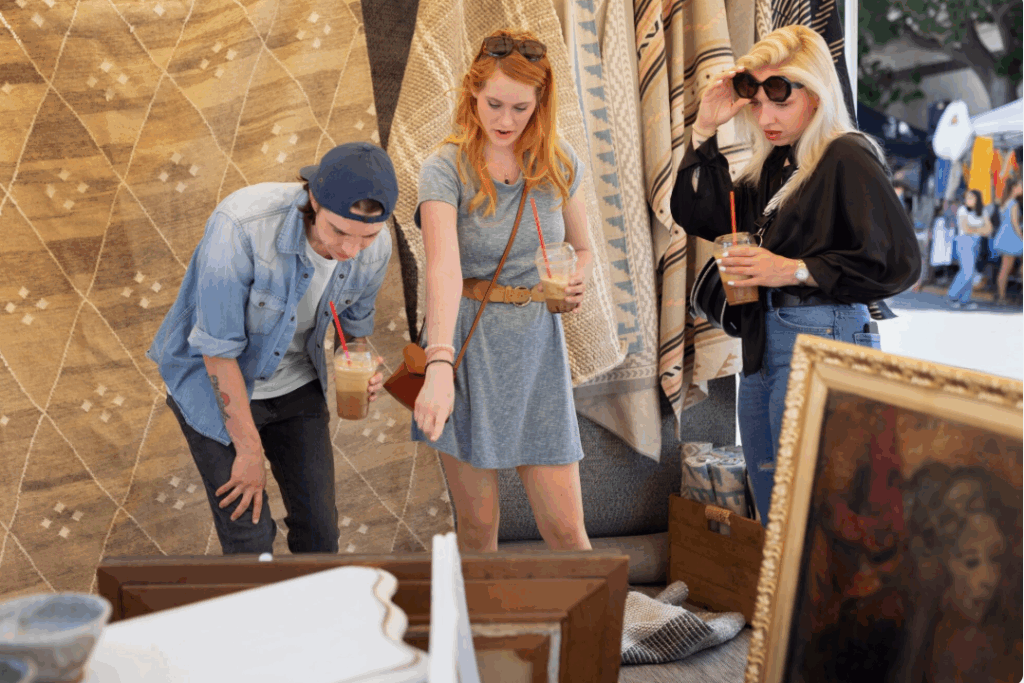Although museums have always been thought of as peaceful places for preservation, they are now acting more as civic engines and are incredibly successful at strengthening ties within communities. By transferring authority rather than retaining it, the London-based Migration Museum has significantly enhanced how organizations interact with a variety of audiences. They created a People’s Panel where Lewisham people discussed, disputed, and finally co-wrote the museum’s ideals rather than dictating displays. This was a really flexible process that resulted in a community that felt represented in the organization as well as policy.

The museum transitioned from symbolic inclusiveness to structural empowerment by letting locals author values. Because participants felt more than just consulted, they were made stakeholders, which made the approach extremely effective at fostering long-term trust. Five people who have experienced migration firsthand selected stories for their exhibition Inside, Outside, and All In Between that were remarkably poignant. Since many of these curators had never worked in a cultural setting, their candor greatly shortened the gap between the public and the institution.
Local Museums as Power Players
| Category | Details |
|---|---|
| Emerging Role | Local museums shifting from object collectors to civic powerhouses |
| Key Strategy | Co-production: communities co-create exhibitions and values |
| Case Study | Migration Museum, London – pioneered People’s Panel and shared curation |
| Social Impact | Builds trust, unity, and stronger community identity |
| Economic Value | Boosts tourism, supports local businesses, stimulates cultural growth |
| Challenges | Slow, complex, requires relinquishing institutional control |
| Success Examples | Hove Museum & Art Gallery, Discovery Museum Newcastle |
| Authentic Source |
The outcome was strikingly successful: displays that conveyed unadulterated passion, material influenced by real-life experiences, and stories that were far more captivating than anything dictated by outside specialists. The contradiction bears a remarkable resemblance to democratic processes: institutions frequently acquire legitimacy when they cede control. Because of the museum’s acceptance of conflict, complexity, and messiness, its shows feel real rather than contrived.
Another aspect of this movement is demonstrated at Hove Museum & Art Gallery. It uses dolls, rocking horses, and relics to narrate local stories while taking place in a Victorian villa that was originally used to house German prisoners of war. Heritage is especially helpful for families and younger tourists because of the physical familiarity of its presentations. This museum demonstrates the extraordinary impact that authenticity—rather than grandeur—can have.
Newcastle’s Discovery Museum supports the claim as well. Long before the term became popular, it honored the Northern Powerhouse by showcasing the region’s engineering innovations. The illumination of the lightbulb by Joseph Swan in Newcastle is shown as an encouraging reminder of local inventiveness rather than as a stagnant piece of history. Instead of encouraging passive observation, the exhibits here are made to be extremely effective in engaging visitors.
These changes are reflected in cultural figures. Idris Elba’s support of young culture in London and Beyoncé’s focus on African history in her projects are quite comparable to how local museums bring attention to underappreciated stories. By placing history in modern situations and converting cultural memory into civic energy, these institutions become especially inventive.
In terms of economics, the case is very clear. Visitors visiting local museums spend money at cafés, purchase handicrafts, and support small businesses. They turn into surprisingly inexpensive growth engines for cities, yielding substantial benefits in terms of identity development and tourism. Policymakers have recently realized this potential and allocated funds to initiatives that combine economic revitalization with cultural heritage.
The longevity of this change is noteworthy. The Migration Museum intends to incorporate co-production into its permanent location in 2027; this is a mindset, not a phase. Because of this, it is incredibly resilient as a model for other organizations. They show that museums may become active civic actors rather than merely passive custodians of artifacts by approaching participation as structural rather than symbolic.
By rethinking curation, simplifying professional-citizen collaboration, and enabling communities to share long-marginalized stories, this shift is revolutionizing sectors. Because it questions established hierarchies and asks professionals to listen more than lead, it is especially innovative.
Museums are emerging as civic pillars, influencing identity, politics, and the economy. They are developing frameworks for future resilience rather than merely recounting historical events. In divided cultures, where unity frequently seems elusive, this works astonishingly well. Museums create incredibly transparent and long-lasting trust by incorporating living experiences into their exhibitions.
